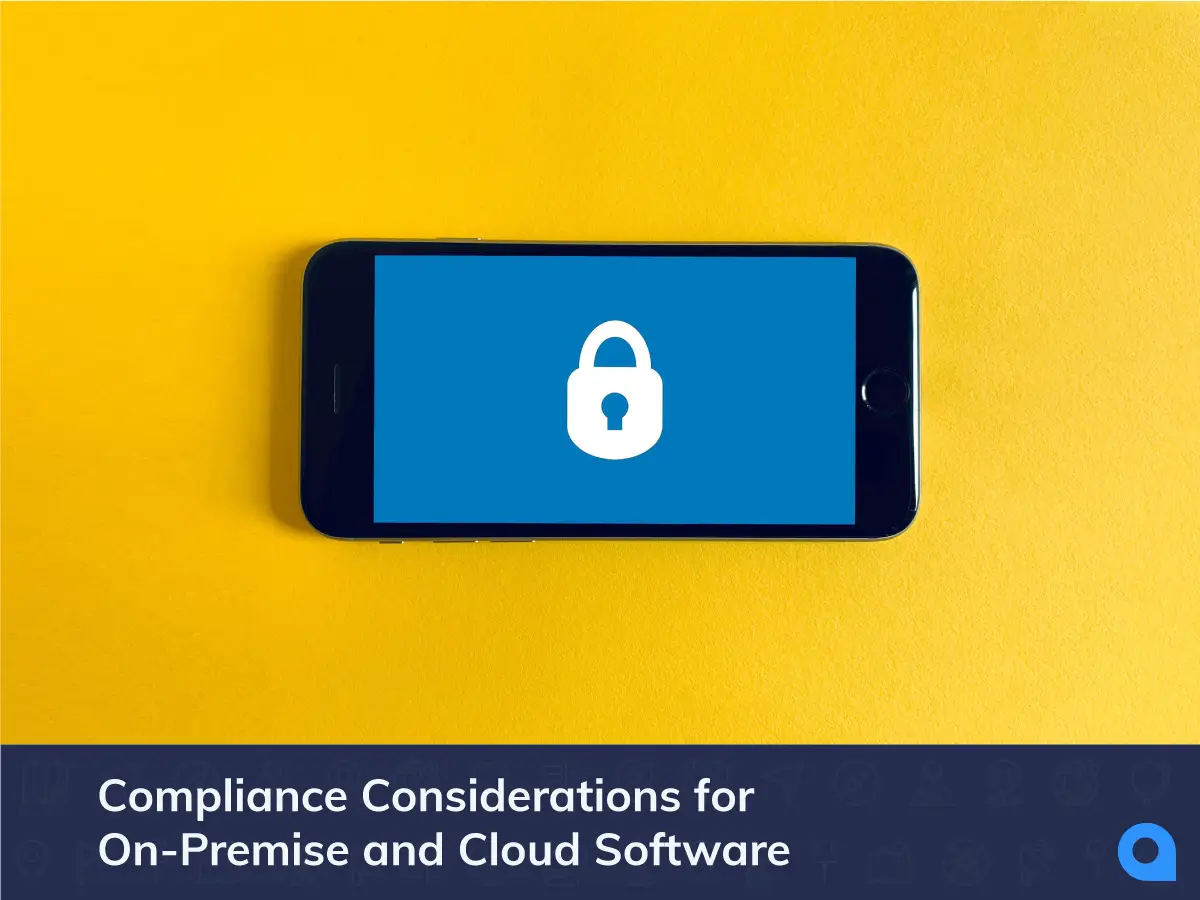
A plethora of inspirational quotes float around the internet and office lobbies about how "Wise men don't blindly follow rules, they use them as guidelines" or "Making up your own rules is the trick to success."
That's great for a motivational speech, but for industries like healthcare, insurance, banking, and others, the rules are very important. These are some of the most regulated industries in the United States; organizations in these industries must comply with strict rules and regulations from the government. Many of these regulations center around data management and privacy.
For example, you're probably used to receiving HIPAA documentation when you go to your annual physical. The Health Insurance Portability and Accountability Act of 1996 (HIPAA) created national standards to protect sensitive patient health information from being disclosed without the patient's consent or knowledge.
While you might just sign to acknowledge receipt of the information and forget about it, your healthcare provider has to ensure that they're taking the correct measures to protect your data. Whether to store patient data in the cloud or in on-premise servers is one consideration.
Let's look at the differences between on-premise and cloud compliance and what measures need to be taken to keep your organization's data safe and compliant with regulations.

On-Premise Compliance
As we've talked about in previous blogs and in our ebook, On-Premise Vs Cloud Software: The 6 Step Executive Guide, a big benefit of on-premise software solutions is the control that you have.
You can set up the exact industry-required security measures you need. This is especially beneficial if you have a complex, custom data processing environment with security and compliance requirements that would be expensive to recreate in a cloud environment.
And if you already have an existing, mature, and secure on-premise environment, it likely makes sense to host any new systems you're considering on-site too.
Of course, with great power comes great responsibility. Since you're maintaining all your data and systems in-house, you're also responsible for implementing compliance best practices, like:
- Monitoring logins
- Having clear security incident procedures
- Using encryption
Managing those procedures can be resource-intensive. Cloud providers offer a less labor and resource intensive option.
Cloud Compliance
When it comes to compliance, one of the benefits of cloud over on-premise is that you can look for a cloud vendor that's already been assessed and certified to meet your industry's compliance regulations and standards.
Of course, that doesn't mean you can just wash your hands of all responsibility. Cloud providers typically operate under a Shared Responsibility Model.
In terms of cloud compliance, the Shared Responsibility Model indicates:
- Cloud service providers must ensure the compliance of their cloud-based infrastructure.
- Customers are expected to ensure the compliance of their own data, networks, applications, and operating systems that live in the cloud.
Consider our earlier HIPAA example. Covered entities (the healthcare organization) and their business associates (their cloud service provider) must both comply with the applicable provisions of the HIPAA Rules.
In these situations, the healthcare customer and the cloud service provider enter into a Business Associate Agreement (BAA). Both entities agree to hold up their end of the shared responsibility model. Typically, a Service Level Agreement (SLA) is also used to outline the specific business expectations between a cloud service provider and their customer.
If your organization is subject to compliance regulations, you need to evaluate the security procedures offered by a potential cloud service provider so you can make your own risk analysis and, if necessary, establish risk management policies. Ask for the cloud vendor's attestation reports and study them to understand where their policies might not be enough for your compliance obligations.
Compliance is one of many criteria to evaluate when choosing between an on-premise or cloud solution for your business. In our ebook, On-Premise Vs Cloud Software: The 6 Step Executive Guide, we walk you through security, reliability, deployment, and more.


 Ryan Muir
Ryan Muir